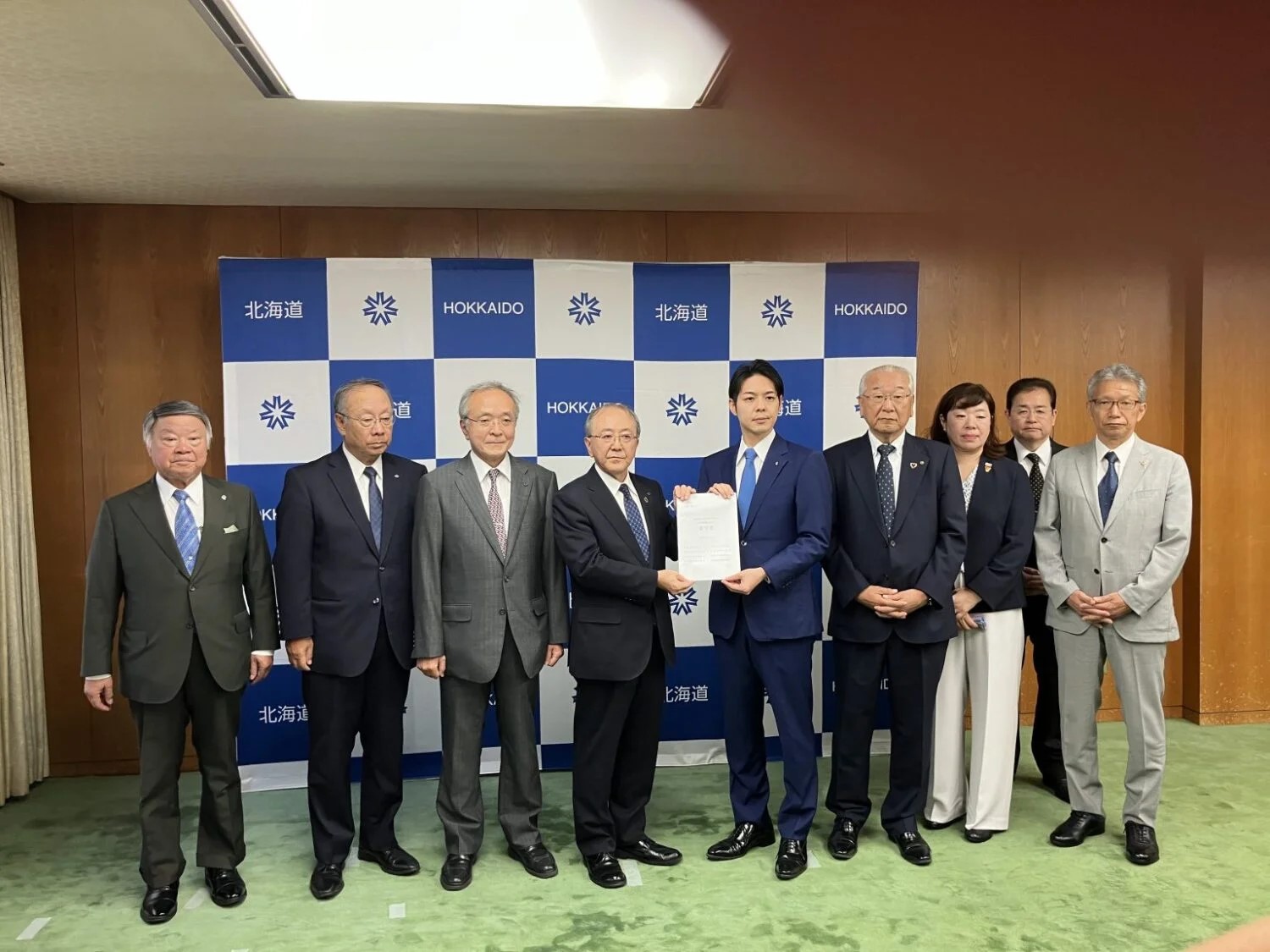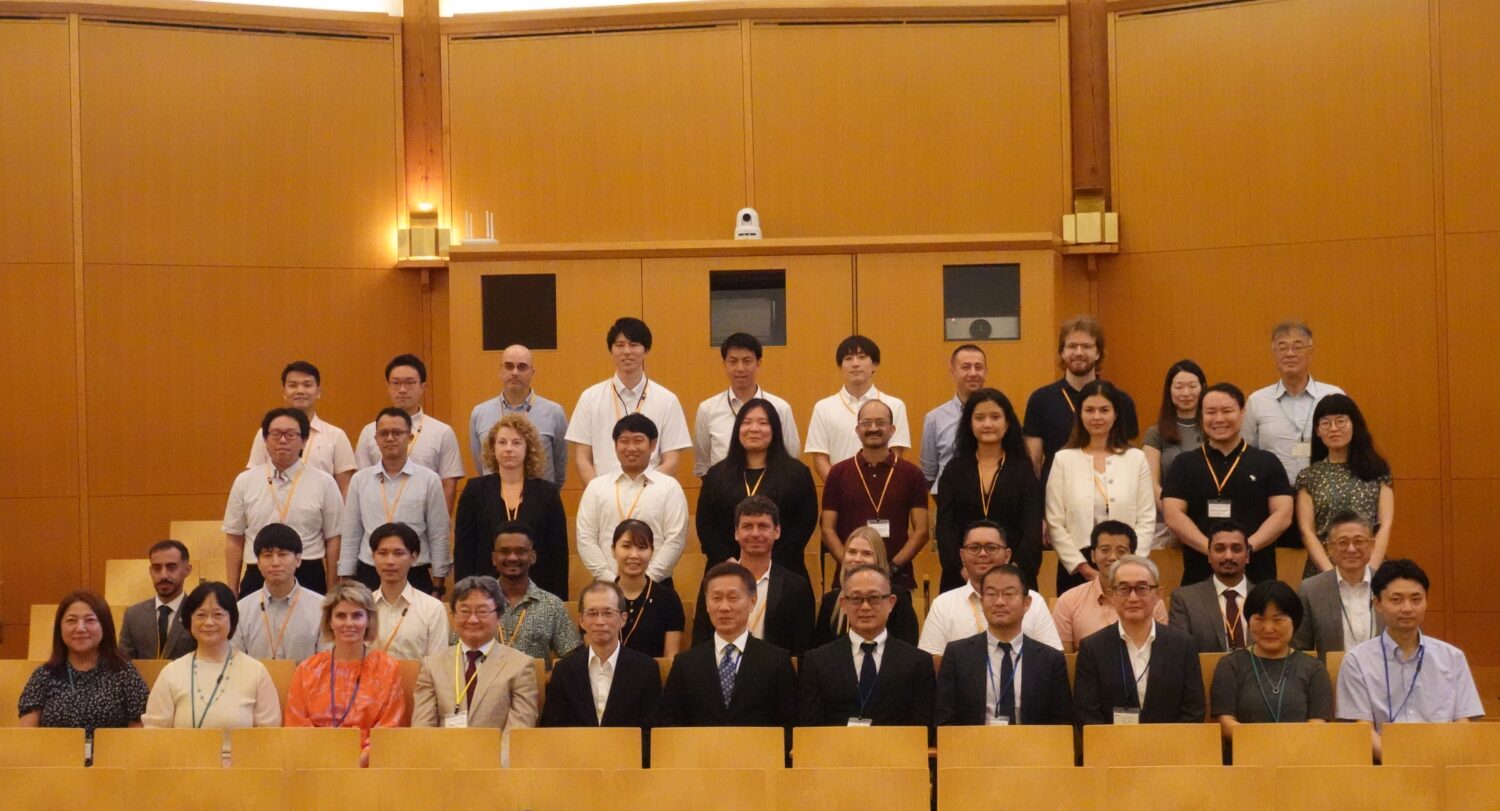The basic policy for Monju’s decommissioning—expected to take some three decades to complete—includes removing spent nuclear fuel from the reactor within a period of five and a half years since the work starts. The spent fuel will then be transported out of the prefecture and reprocessed.
The government will finalize the details of the plan on transporting the spent fuel before it is completely removed from the reactor. The reactor’s sodium coolant will also be taken out. No definite destination for the fuel has been specified, however.
On the same day, the governmental team approved the basic plan on decommissioning issued by JAEA, which is responsible for the decommissioning. From that, JAEA will develop a more detailed plan in line with the government’s basic policy. After that plan is approved by the Nuclear Regulation Authority (NRA), JAEA will officially launch the work.
Until the approval, JAEA will continue to deem Monju to be “under construction,” though it actually began being built in 1985. Because of the decommissioning, it will thus end its lifetime before ever being categorized “in operation.”



-049.jpg)
.jpg)














